Learning from DeFi: Would Automated Market Makers Improve Equity Trading?
Katya Malinova and Andreas Park


Agenda
- Very brief overview of Automated Market Makers
- function
- difference crypto-trading to traditional markets
- difference DeFi to CeFi trading
- Research question: what if we used AMMs for equities?
- theory: liquidity provision & demand
- data: implementation & trading costs
Why did we write this paper?
- Current U.S. mindset: everything crypto-related is evil
- GG/S.E.C.: "We made up a new market institution that is so awesome that it'll save (retail) investors $1.5B per year"
Seriously?

0. Cynicism aside - big question: Can we improve liquidity for smaller listings?
Some Motivation
- Blockchain: borderless general purpose value and resource management tool
Basic Idea
- DeFi: financial applications that run on blockchains
- \(\Rightarrow\) brought new ideas and tools
- one new market institution: automated market makers
Trading Infrastructure
payments network
Stock Exchange
Clearing House
custodian
custodian
beneficial ownership record
seller
buyer
Broker
Broker



























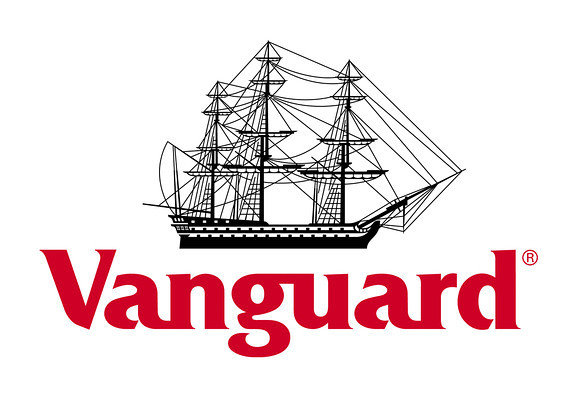
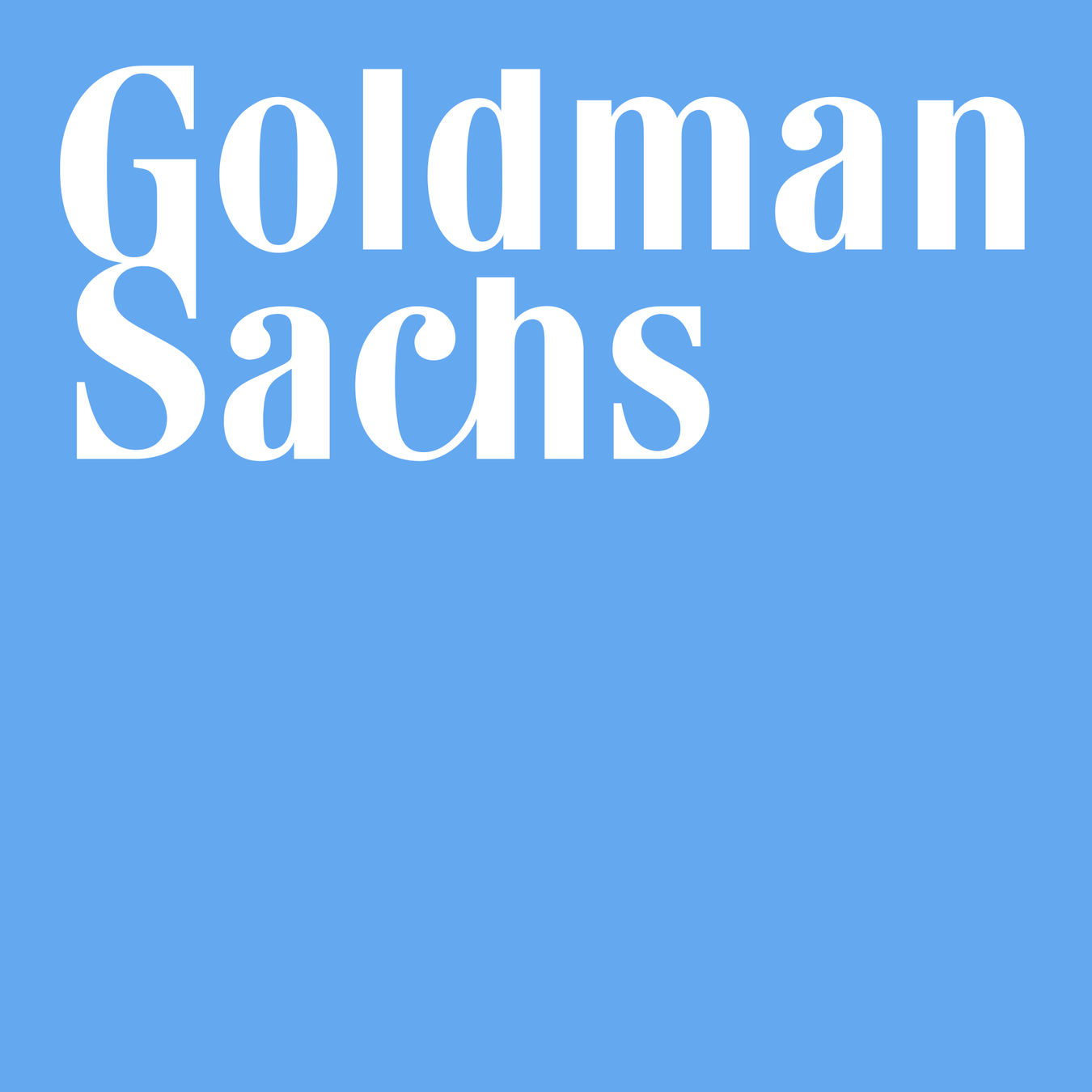
Broker


Exchange
Internalizer
Wholeseller
Darkpool


Venue
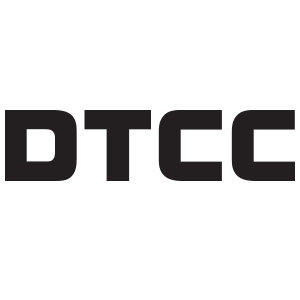
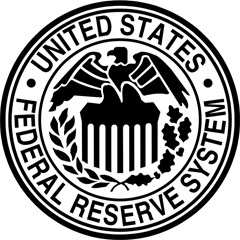

Settlement
Application: decentralized trading with automated market makers













New institutions!
- passive "shared" liquidity provision
- new pricing function


Key Components
- Our question:
- Can an economically viable AMM be designed for current equity markets?
- Would such an AMM improve current markets?
- pooling of liquidity
- pro-rated
- fee income
- risk
- Liquidity providers:
- use existing assets to earn passive income
- Liquidity demanders:
- predicatable price
- continuous trading
- ample liquidity
Automated Market Makers
Basics of Liquidity Provision
- Basic idea of liquidity provision: earn more on balanced flow than what you lose on price movement
\[\text{fee income}+\text{what I sold it for}-\text{value of net position} \ge 0 \]
in tradFi: bid-ask spread
in AMMs:
protocol fee
Some simple general economics:
- for fixed volume
- earn more when fees are higher
- \(\to\) more willing to provide liquidity
- for fixed change in the fundamental
- lose more when trade imbalance is larger
What we do in the paper?
- Liquidity providers share
- risk
- fee income
- Fix:
- the pricing rule
- "dumb" volume
- distribution/volatility of fundamental
- For what level of liquidity do liquidity providers break even?
- What would liquidity demanders pay?
- \(\Rightarrow\) Liquidity provider net benefit = welfare improvement
Liquidity Provider Decision
- makes asset and cash deposit
- more deposits flatter price curve
- attracts more volume
- but larger "positional" loss when prices move
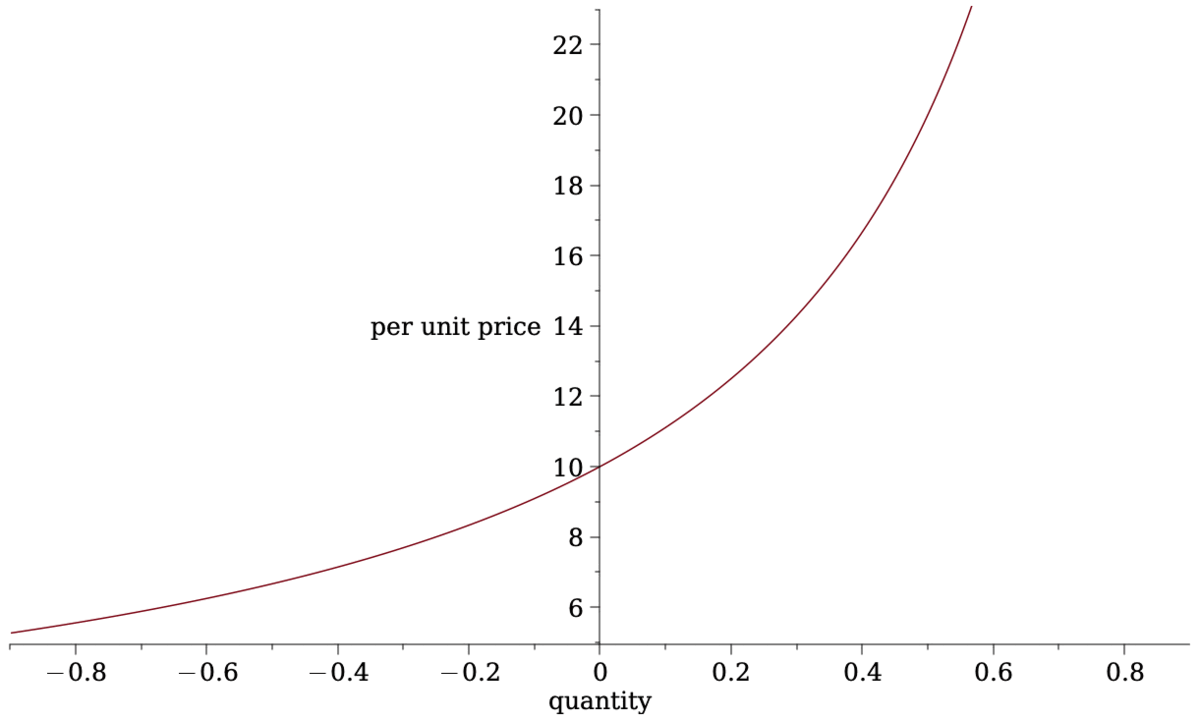
- we defined a model to capture the liquidity provision decision
- measured as "collective" deposit of firm's market cap
- driven by
- balanced volume
- asset volatility/return distribution
- fee income
Sidebar: we can quantify how much a PASSIVE LP loses when the price moves by \(R\)

for orientation:
- If the stock price drops by 10% the incremental loss for liquidity providers is 13 basis points on their deposit
- \(\to\) total loss=-10.13%
- If the stock price rises by 10%, the liquidity provider gains 12 basis points less on the deposit
- \(\to\) total gain =9.88%
The Decision of the Liquidity Demander
- Wants to trade some quantity.
- Is better off with AMM relative to traditional market if
\[\text{bid-ask spread}\ge\text{AMM price impact} +\text{AMM fee}.\]
- two opposing forces for \(F\nearrow\)
- more liquidity provision
\(\to\) lower price impact - more fees to pay
- more liquidity provision
- Finding: There is an optimal fee!
Model Summary
- We can express the equilibrium choice for liquidity provision.
- We can measure the benefit for liquidity demanders who use the AMM.
- We can determine the fee that maximizes the liquidity demander benefit (it's not zero!)
- Next question:
- How would this look like when applied to stock markets?
- What are the optimal fees?
- Is it feasible?
- What are the empirical benefits?
How we think of the Implementation of an AMM for our Empirical Analysis
Approach: daily AMM deposits
- AMMs are closed overnight.
- Market starts with opening auction to determine \(p_0\)
- For fixed fees, LP submit liquidity \(a,c\) at ratio \(p_0=a/c\) until \(\alpha=\overline{\alpha}\)
- Liquidity is locked for the day.
- At the end of the day, remaining deposits are released back to LPs.
- Back to 1.
AMMs that's true to the "model"

Return distribution example: Microsoft
Return distribution example: Tesla

- average \(F^\pi=11\)bps
- average \(\overline{\alpha}=2\%\)

average savings: 16 bps

average daily: $9.5K

average annual: $2.4 million


average: 94% of days AMM is better than LOB



lose on average 0.2bps \(\approx0\)
Optimally Designed AMMs with
"ad hoc" one-day backward look
Optimal fee \(F^\pi\)
Insight:
- large firms have lower optimal fees
- small firm fees substantially lower than their bid-ask spread

average benefits liquidity provider in bps (average=0)
Insight: Theory is OK - LP's about break even

\(\overline{\alpha}\) for \(F=F^\pi\)
Need about 10% of market cap in liquidity deposits to make this work

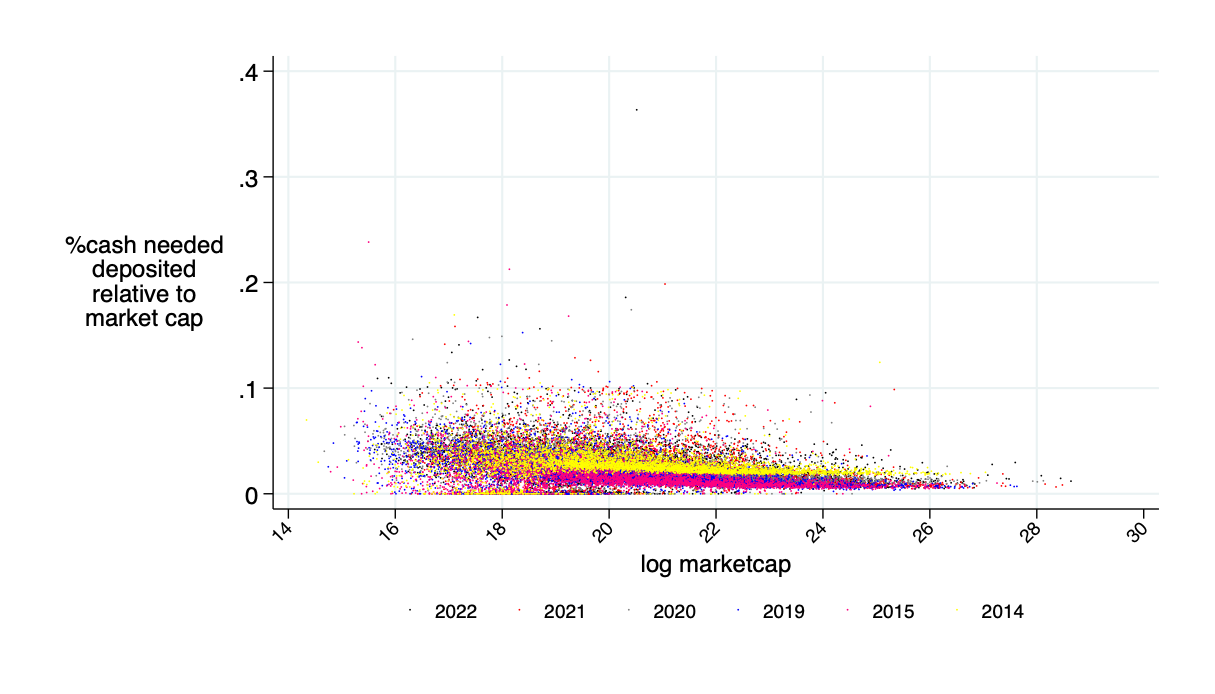
actually needed cash as fraction of "headline" amount
Only need about 5% of the 10% marketcap amount in cash
AMMs are better on about 85% of trading days

quoted spread minus AMM price impact minus AMM fee (all measured in bps)

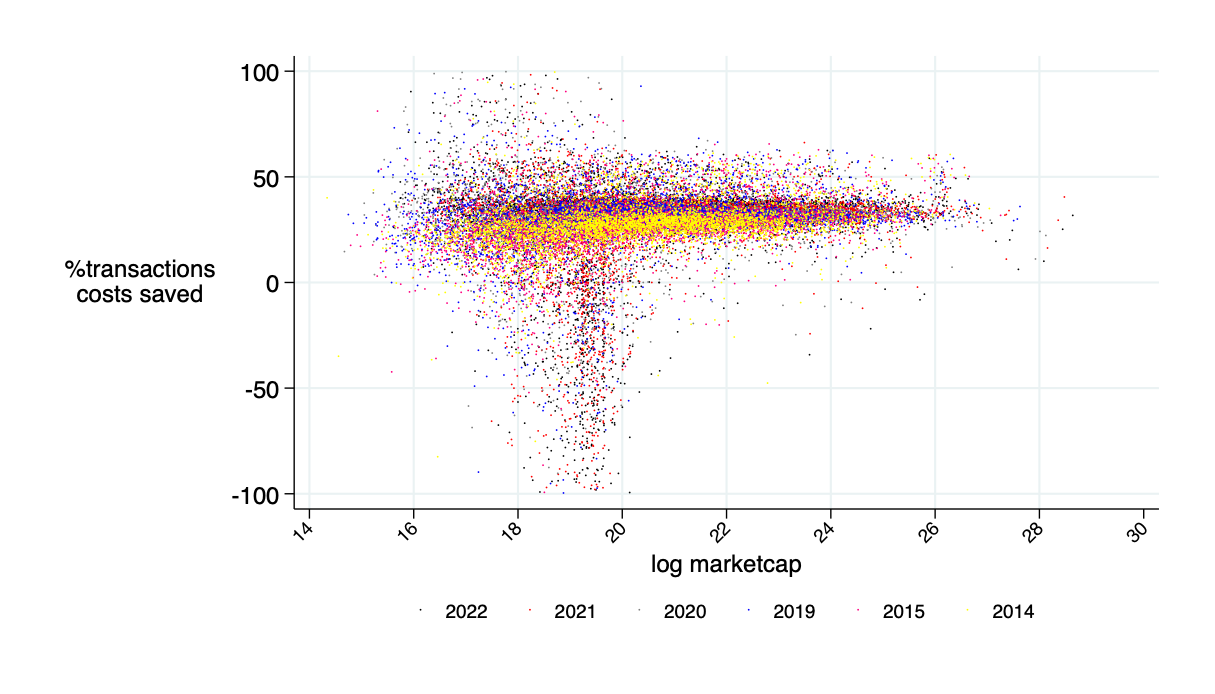
relative savings: what fraction of transactions costs would an AMM save? \(\to\) about 30%
theoretical annual savings in transactions costs is about $15B


Some Numbers

The Bigger Picture and Last Words
Summary
- AMMs do not require a blockchain - just a concept
- could be run in the existing world (though there are institutional and regulatory barriers)
- Our question:
- Can an economically viable AMM be designed for current equity markets?
- Would such an AMM improve current markets?
- Answers:
- Yes.
- Massively.
Could save up to 30% of transactions costs.
- Source of Savings:
- Liquidity providers \(\not=\) Citadel!
- \(\to\) passive liquidity provision
- \(\to\) use idle capital
- \(\to\) + better risk sharing
- pooling of liquidity
- pro-rated
- fee income
- risk
- Liquidity providers:
- use existing assets to earn passive income
- Liquidity demanders:
- predicatable price
- continuous trading
- ample liquidity
@financeUTM
andreas.park@rotman.utoronto.ca

slides.com/ap248
sites.google.com/site/parkandreas/
youtube.com/user/andreaspark2812/